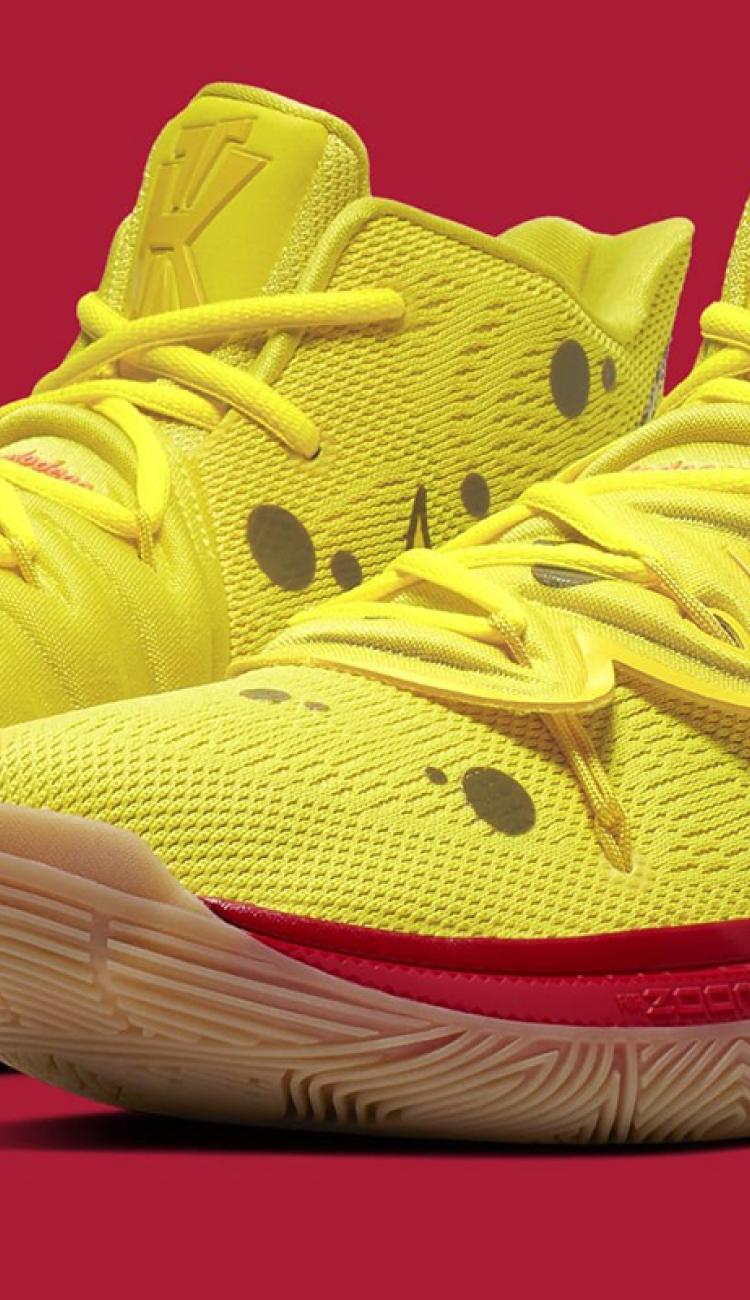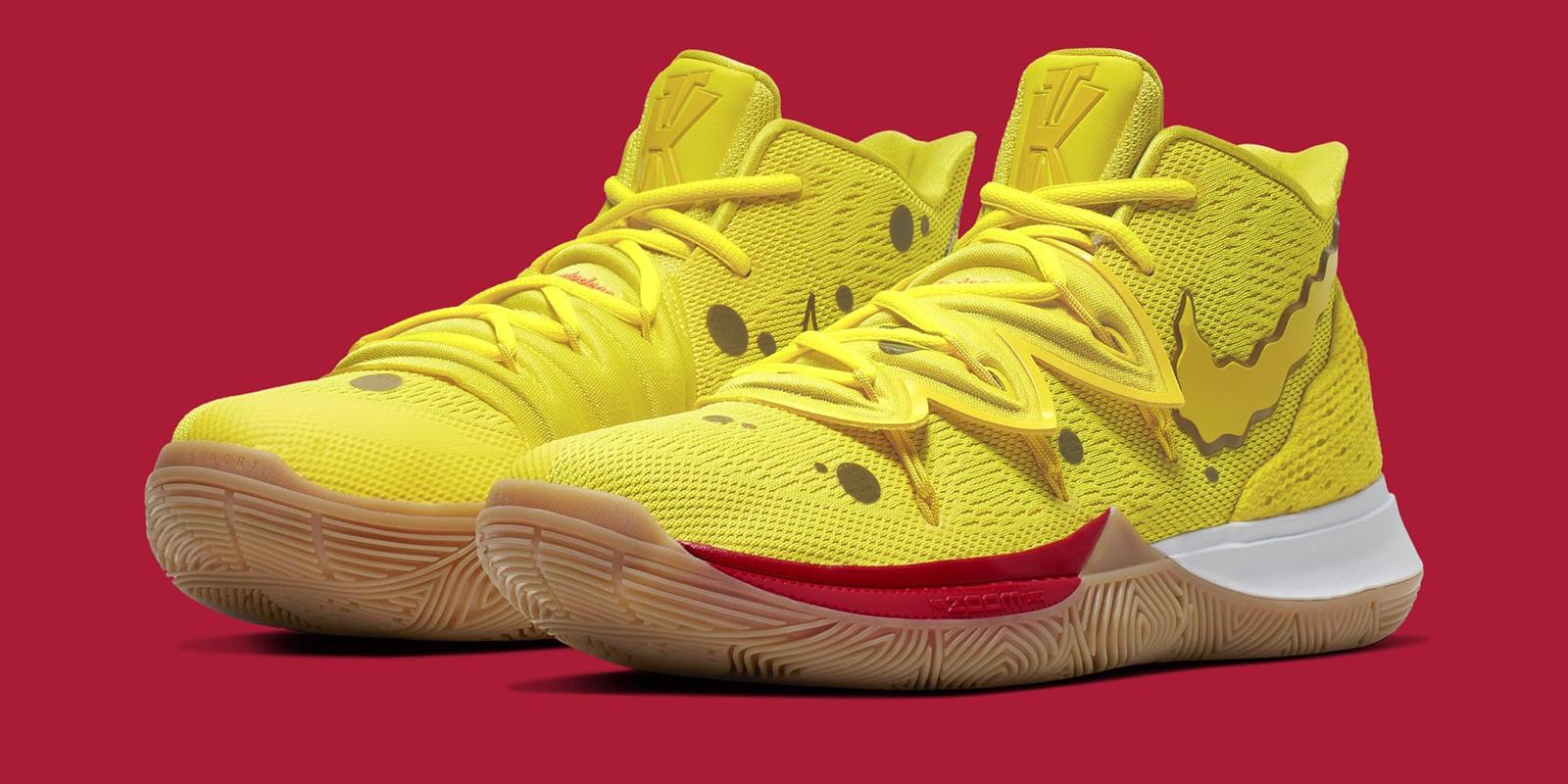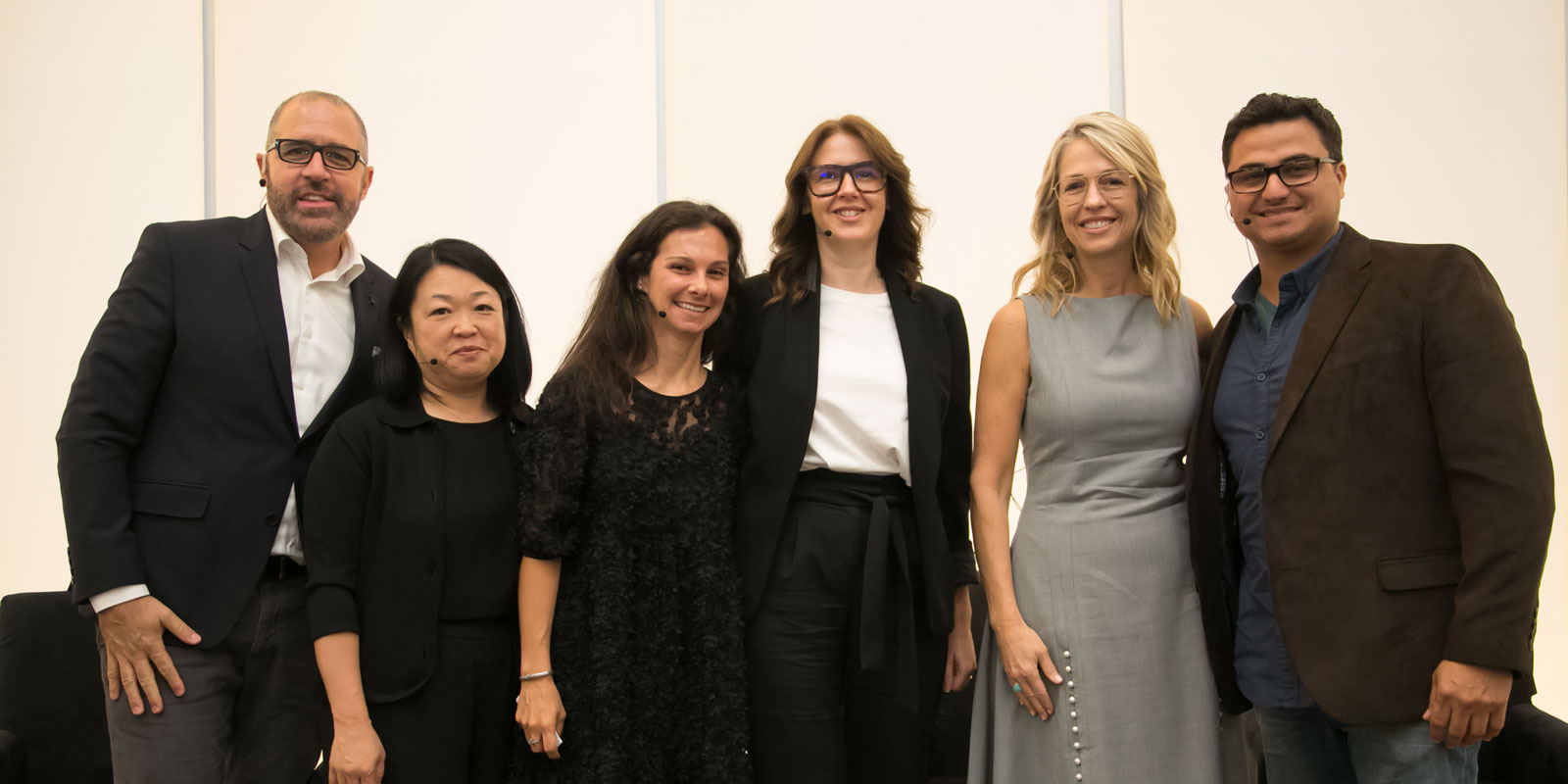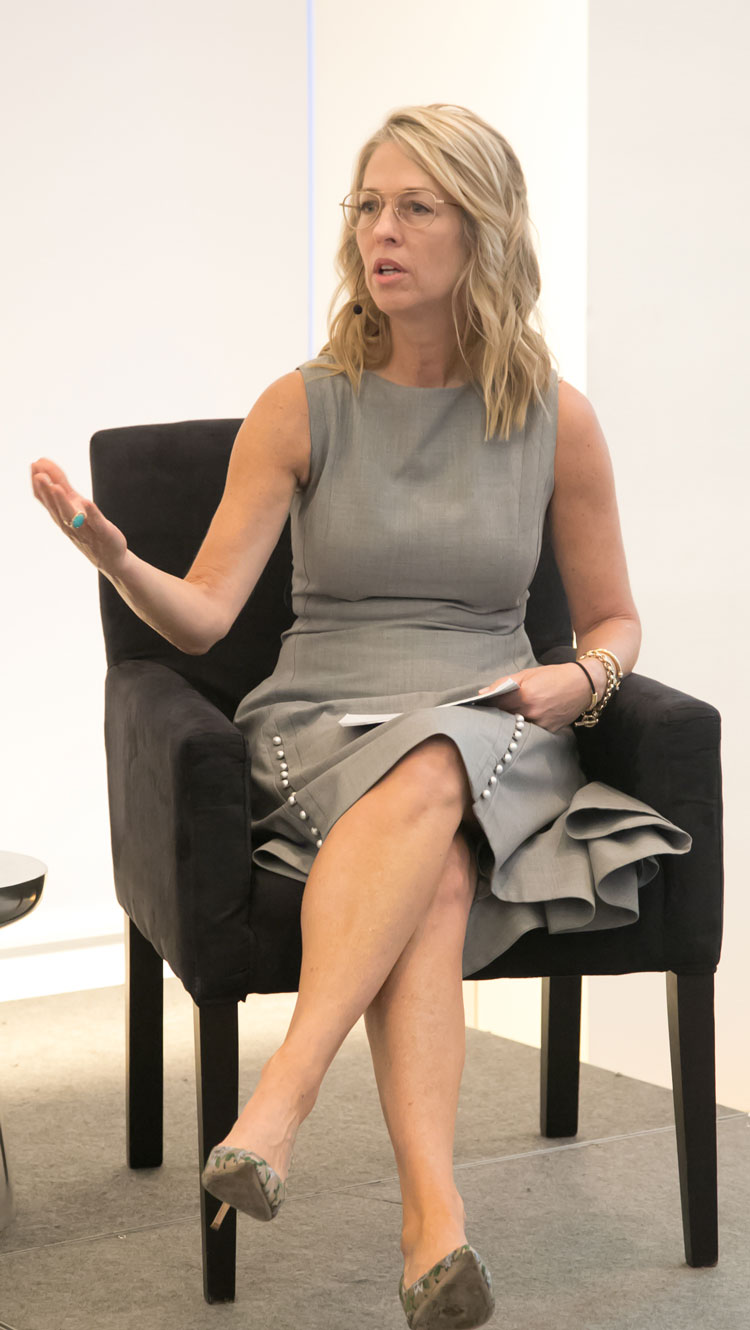Sep 19, 2019
Nick’s Consumer Products team on the connection between retail and regional diversity.
NBA superstar Kyrie Irving will have a whole new set of teammates when he tips off his first season with the Brooklyn Nets this fall, including one very different kind of superstar: SpongeBob SquarePants.
When Nickelodeon’s Consumer Products team joined Nike and Irving to design a new line of sneakers, they agreed to a couple of parameters: the shoes had to be available in sizes from toddler to men’s humongous, and they had to appear in women’s styles so they could be worn on a WNBA court. Most important, the partnership had to feel authentic.
“It’s important whenever we do these kinds of collaborations that there’s a natural connection between our characters and our properties and whoever we’re collaborating with,” Viacom Vice President of Specialty Retail Development and Fashion Collaborations Alana Visco told an audience of Viacom employees earlier this week. “If we have to think about it for longer than 30 seconds, we’re probably better off just not doing it, because the fan of both sides really feels that.”
The fans must have been feeling the authenticity: When Nick put up a couple thousand pairs of Kyrie SpongeBobs up for sale at San Diego Comic Con in July, they sold out in less than an hour. Later that month, the Phoenix Mercury’s Brittney Griner wore all five styles of the sneaker during the WNBA All-Star Game in Las Vegas.
"One size does not fit all, and we do make a very conscious effort to think about how our content can travel across the world."
Visco’s remarks came during a panel entitled “Why Inclusivity in Consumer Products Matters,” which was part of Viacom’s first Global Inclusion Week, a series of discussions and workshops dedicated to diversity and inclusion.
The panel was one of dozens planned for the multi-week, global event, and highlighted how awareness of cultural nuances and details comes into play when reaching consumers in varied cultures around the world.
This includes not just finding the right partners for products, but finding the right products and versions of products to begin with. In Europe, for example, magazines are still very popular. Activity books rule in Latin America. And a simple children’s storybook won’t work with a mere translation in Russia, where parents tend to associate a density of language with authentic learning—meaning that eight words on one page of a Paw Patrol book morph into 50-plus words and four paragraphs for the Russian-language version.
“One size does not fit all, and we do make a very conscious effort to think about how our content can travel across the world, and where it cannot, and we need to adapt the content for different markets,” said Linda Lee, vice president of global publishing for Viacom and Nickelodeon Consumer Products.
It’s also important to represent characters in an authentic way, an aspiration that can be challenging to execute across supply chains and far-flung factories.
When the toy team wanted to introduce a second “styling head” (a doll with comb-able hair that includes an assortment of brushes and barrettes) for the character Rox in Nick Jr.’s Sunny Day toy line, their product partner wanted to save money by darkening the skin of a head that had already been produced for main character Sunny. Aside from the fact that Sunny is white and Rox is black, the characters have completely different facial features.
“We insisted on a new Rox head,” said Junist Ortiz, senior director of Viacom’s Global Creative Group. “She has a more defined nose, fuller lips, and a chiseled jaw, and we also insisted that the hair rooting was thicker and fuller.”
"Our team has done a really good job of making sure that we are representing all of our characters in a really authentic way."
To keep costs down, the dolls do share a torso, base and styling tools. But as Nick’s characters grow more diverse, the importance of maintaining consistent skin tones across all product lines becomes more urgent. When Nick introduced Nella the Princess Knight, the brand had to work with partners to devise new colors to accurately represent the biracial character.
“Our team has done a really good job of making sure that we are representing all of our characters in a really authentic way,” says Pam Kaufman, president of Viacom and Nickelodeon Consumer Products. “Because of how we feel as a company, we’ve always pushed our partners to do the right thing and be that way.”



